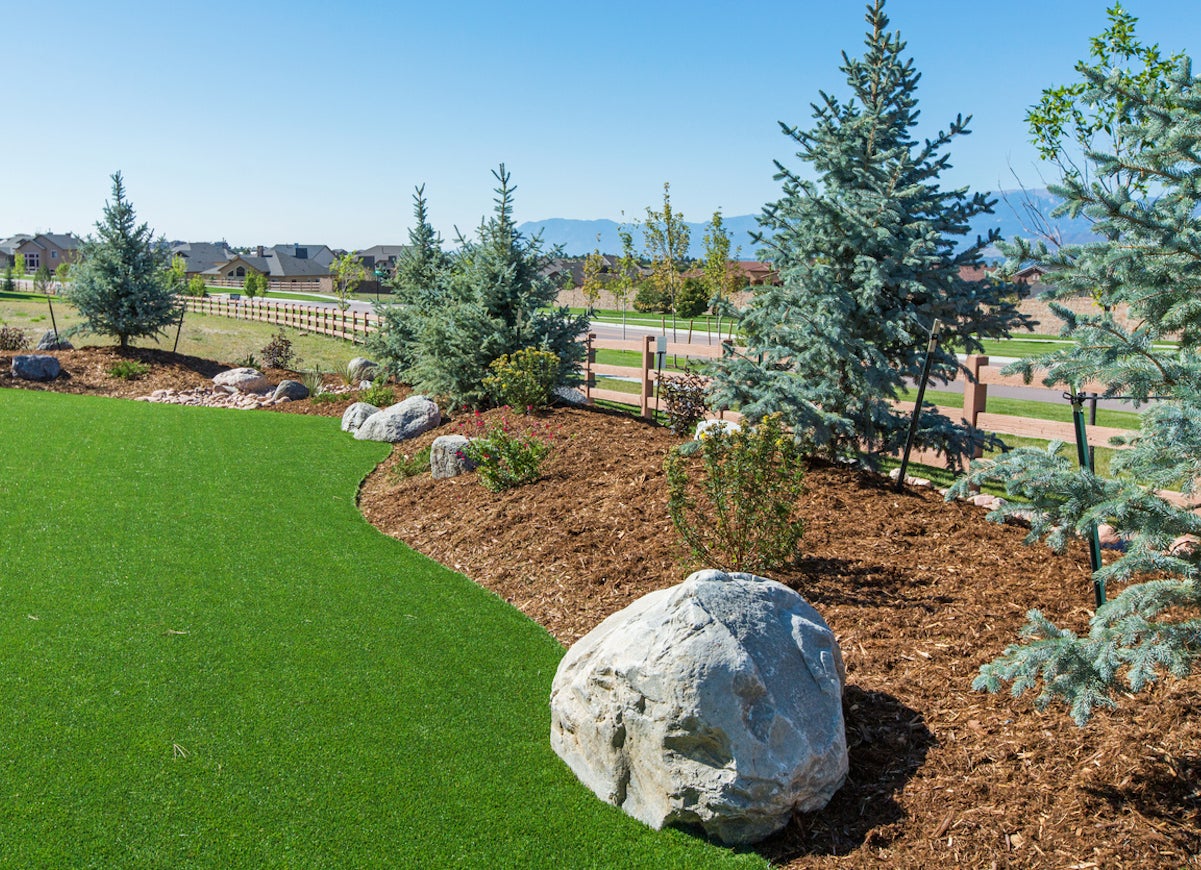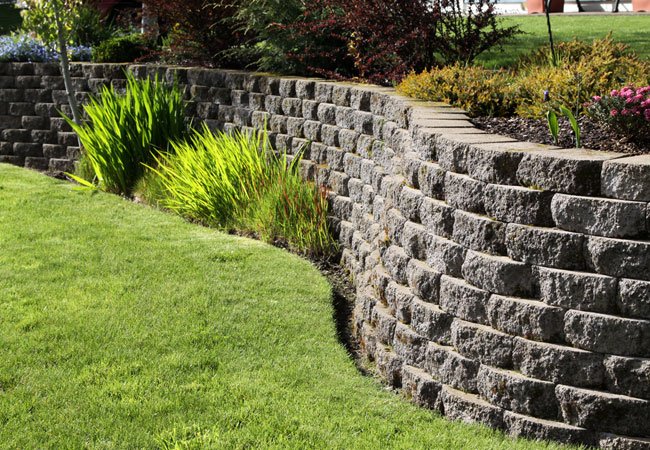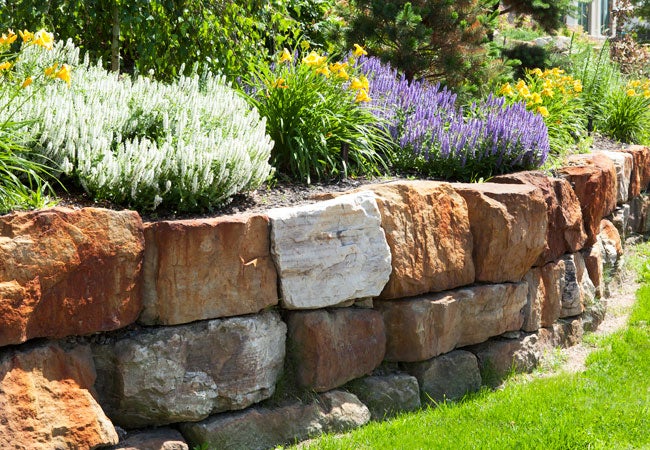Deprecated: str_replace(): Passing null to parameter #3 ($subject) of type array|string is deprecated in /home/newsfqwf/kechambers/wp-includes/formatting.php on line 4268
]]>
 As soon as warm weather arrives, the sound of lawnmowers can be heard in communities across the nation. For many homeowners, mowing, weeding, fertilizing, and watering the lawn takes time away from actually being able to enjoy their outdoor space, and represents a considerable financial cost. A growing number of homeowners have sought out an […]]]>
As soon as warm weather arrives, the sound of lawnmowers can be heard in communities across the nation. For many homeowners, mowing, weeding, fertilizing, and watering the lawn takes time away from actually being able to enjoy their outdoor space, and represents a considerable financial cost. A growing number of homeowners have sought out an […]]]>
As soon as warm weather arrives, the sound of lawnmowers can be heard in communities across the nation. For many homeowners, mowing, weeding, fertilizing, and watering the lawn takes time away from actually being able to enjoy their outdoor space, and represents a considerable financial cost.
A growing number of homeowners have sought out an alternative to their pricey and finicky lawn: artificial grass. In doing so, they gain a lush lawn that won’t leave grass stains on knees, doesn’t require chemicals, and is safe for recreation and children playing. They gain a drought-resistant yard that won’t yellow during community water restrictions and the freedom to enjoy the season with friends and family.
For those considering the benefits of artificial turf, a few questions are expected. We’ve rounded them up and answered the them, so you can learn how fake grass and Artificial Turf Supply can make your life easier.
istockphoto.com
]]> Photo: istockphoto.com Does your garden contain slopes, slopes and inclines? Then you probably have a retaining wall somewhere on your property. Retaining walls are used everywhere from highway construction to landscaping, and hold back earth that would otherwise erode or collapse. Homeowners often rely on retaining walls to keep the soil stable in raised yard […]]]>
Photo: istockphoto.com Does your garden contain slopes, slopes and inclines? Then you probably have a retaining wall somewhere on your property. Retaining walls are used everywhere from highway construction to landscaping, and hold back earth that would otherwise erode or collapse. Homeowners often rely on retaining walls to keep the soil stable in raised yard […]]]>
Photo: istockphoto.com
Does your garden contain slopes, slopes and inclines? Then you probably have a retaining wall somewhere on your property. Retaining walls are used everywhere from highway construction to landscaping, and hold back earth that would otherwise erode or collapse. Homeowners often rely on retaining walls to keep the soil stable in raised yard features. However, you can also use the man-made structures when creating tiered gardens on a sloping courtyard area, controlling erosion on a slope, or creating an elevated seat. If you are thinking about building a retaining wall, here is everything you need to know about supporting structures.
THE BASICS OF HOLDING WALLS
Retaining walls have a variety of uses around the yard that will prevent earth from spilling off a steep slope. They are indispensable for creating sunken courtyards, strike cellars, and other harsh landscapes with an abrupt separation of the floor level. You can also find retaining walls in parks and public gardens, where they act as supports for plants, statues, and decorative landscape elements.
Retaining walls are often made of concrete, stone, or brick. However, if you want to do the work yourself, retaining wall blocks (available at most hardware stores) are your best bet. These blocks range from $ 1.25 to $ 4 per block, depending on their size and texture, and have locking flanges that connect each row of blocks together. A small retaining wall less than three feet high costs an average of $ 5 to $ 8 per square foot if you build it yourself. Larger retaining walls that are not suitable for home improvement are more expensive because of the labor costs involved. A brick or stone retaining wall installed by a bricklayer can cost up to $ 20 per square foot, and a poured concrete retaining wall can cost $ 13 to $ 18 per square foot. The contractor can also charge more for work and materials if he has to fill in a deep frost foundation (see below) or remove tree roots that are in the way of the foundation.
If you plan on building a retaining wall, check with your local building authority beforehand. Retaining walls can alter the flow of water and affect your neighbors. Therefore, you may need to get either a zoning permit or a building permit. Local building codes and ordinances vary between municipalities. So don’t skip this step. You should also call DigSafe (811) to have local utility representatives come out and see if there are any buried electrical wiring in the way.

Photo: istockphoto.com
CONSTRUCTION OF A HOLDING WALL
If you are planning on building a retaining wall, consider the following factors in terms of support, foundation, backfill and drainage.
support
When building a retaining wall, landscapers often tend them slightly to the earth they contain. This construction, known as the “step backwards” construction, creates a robust wall structure that is pushed back against the lateral pressure of the floor behind it. Back walls can be built by anyone with a strong back wall and basic engineering skills, provided they have blocks for mounting retaining walls.
Some types of retaining walls require additional structural support to keep them from tipping over. This includes vertical walls that do not slope towards the enclosed earth, as well as walls that are higher than three feet. Depending on the height of the wall and the pressure of the earth behind it, the additional supports may be in the form of buried foundations, steel reinforcements, cantilever design, or back ties that extend deep into the earth behind the wall and are connected to buried anchors that ” dead men “are called. You can also add extra strength with a “gravity wall” that’s wide enough that its weight acts as a buttress against the pressure of the soil behind. However, this type of wall is not common because it requires a large amount of stone or concrete to build.
Foundation, endowment
A gravel-filled trench provides a suitable foundation for a short, recessed retaining wall with three to five lanes (each layer of block is called a “lane”). For larger retaining walls, buried structural support is usually required. To do this, a landscaper pours concrete below the frost level (the depth to which the ground freezes in winter). Foundations poured too shallowly tend to shift and shift as the moisture in the ground freezes and rises. Because frost levels vary from region to region, check with your local building authority for the details before building a large retaining wall.
Backfilling
The space directly behind a newly built retaining wall should be filled with gravel or sand – not dirt. Dirt absorbs water and when saturated, swells up, putting unwanted pressure on the back of the wall. Meanwhile, gravel and sand do not swell or retain water, so the wall is exposed to less pressure. This reduces the risk of cracks and damage.
Drainage details
Stackable support block walls with gravel or sand backfill usually have no drainage problems as water seeps through the backfill and drains between each block. However, if you have a solid retaining wall, e.g. B. a concrete basement wall, precautions must be taken to drain the water (or it may build up behind the wall and cause cracks). Many landscapers choose to install drainage tiles that guide groundwater to outlets where it can harmlessly drain away.

Photo: istockphoto.com
TIPS FOR DIY HOLDING BLOCK WALLS
When building a retaining wall, follow these guidelines for better construction and solid support.
- Choose material that you can work with easily. If you have no experience with structural support, wall blocks are your best bet. They are also widely used in most home centers.
- To keep the lower row of blocks from pushing outward, bury the lowest section of a retaining wall. The rule of thumb is to bury about an eighth of the wall height. For example, if your wall is three feet (36 inches) high, the first block run should start five inches below the floor. The gravel base should start three inches below.
- For best results, make sure the first block course is perfectly level. If it’s unbalanced, your entire finished wall is also out of whack.